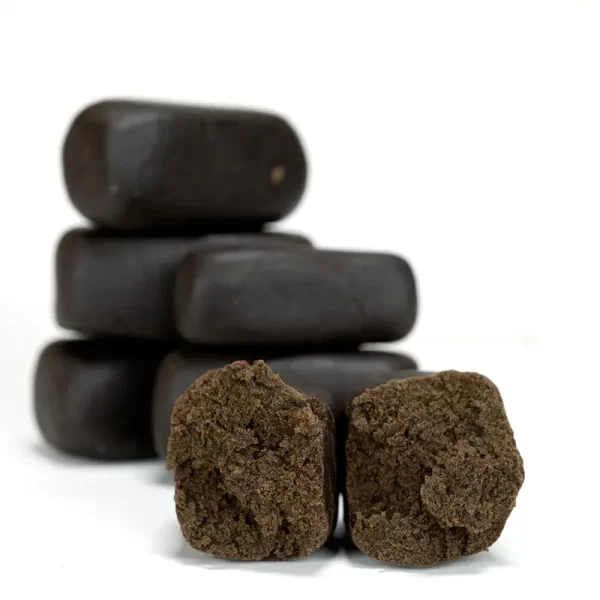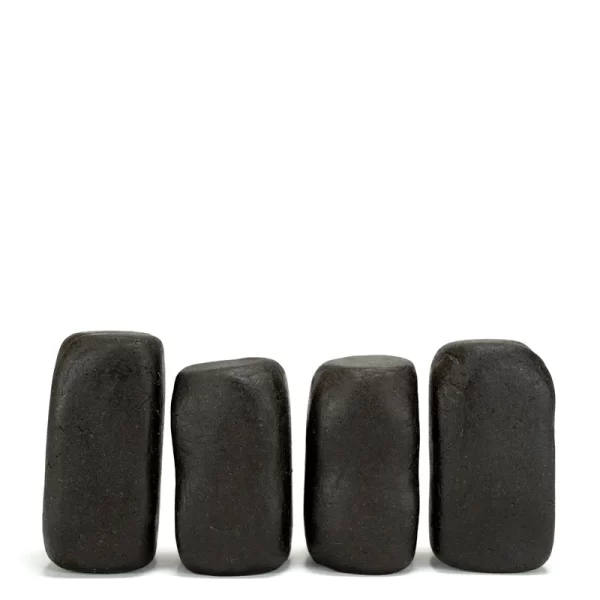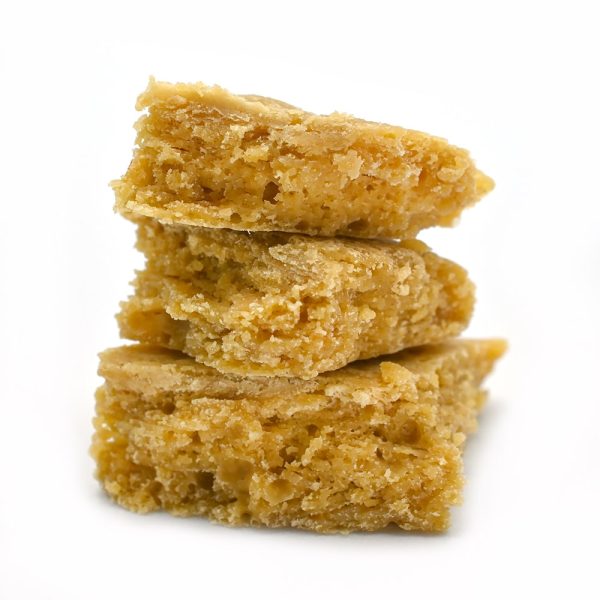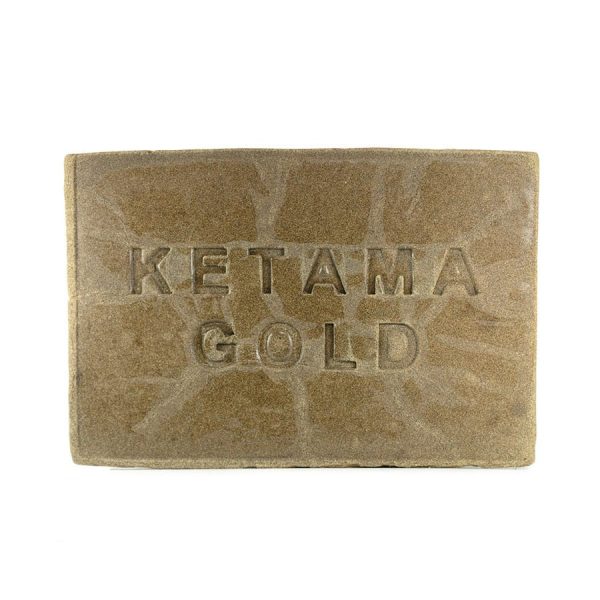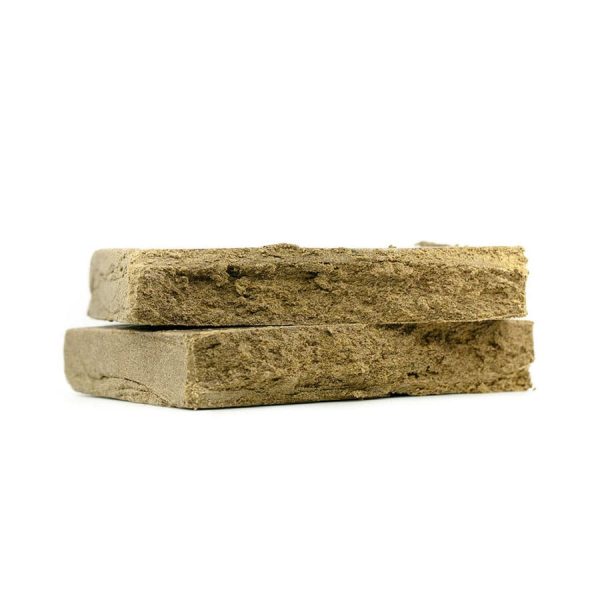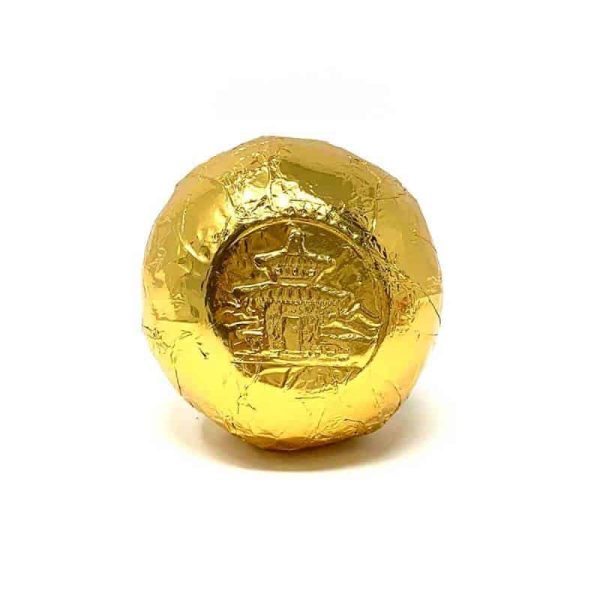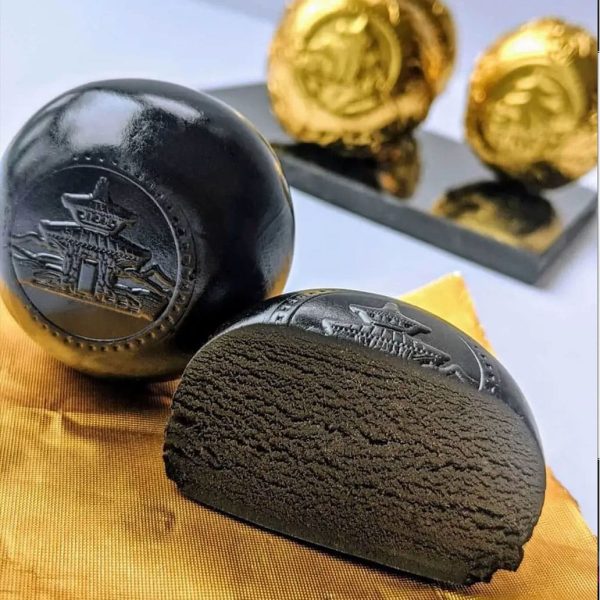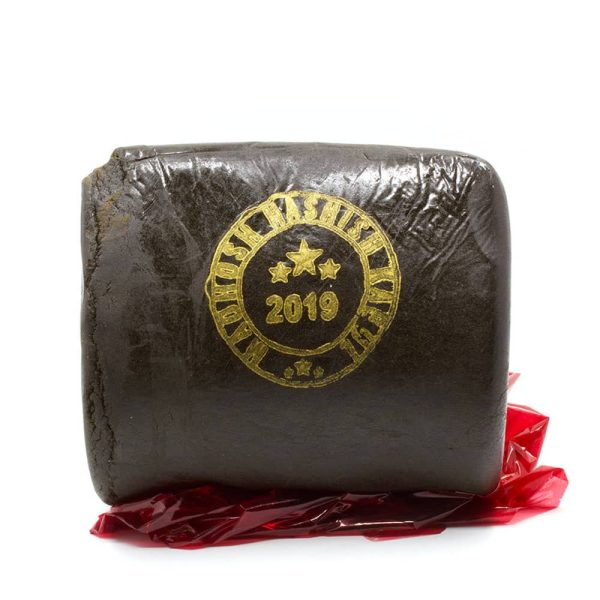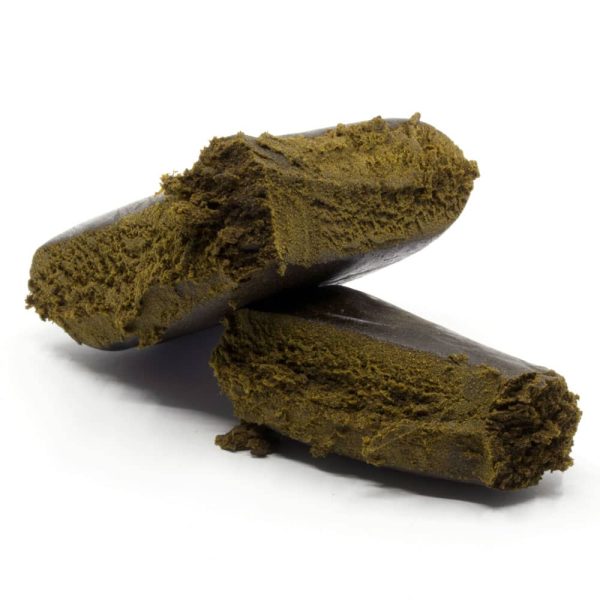Hashish, also known as hash, is one of the most popular cannabis concentrates in the world. It has been used for centuries by people all over the world for its unique effects and flavour. In this article, we will dive deep into what hash is, how it’s made, its effects, history, traditional uses, and how to consume it.
Table of Contents
What is Hashish?
Hashish is a cannabis concentrate that is derived from the trichomes of the marijuana plant. The resin contains high levels of cannabinoids (THC, CBD…), which are the chemical compounds responsible for the plant’s effects. Hash is typically much stronger than traditional marijuana because the resin is concentrated.
Hashish can come in a variety of forms, including bricks, balls, and slabs, and can vary widely in potency. It can range in colour from light yellow to dark brown, and its consistency can be anything from crumbly and dry to sticky and gooey. The flavour and aroma can also vary depending on the type of hashish and how it was made.
How is Hashish Made?
Hashish is made by separating the trichome glands from the marijuana plant and collecting the resin also known as kief. Trichomes are the tiny, crystal-like structures that cover the plant and contain the highest concentration of cannabinoids. There are several methods for making hashish, including hand-rolling, dry sifting, and ice water extraction.
Hand-Rolling

Hand-rolling is one of the oldest methods for making hashish. It involves rubbing the marijuana buds between your hands to break off the trichomes and collect the resin. Once enough resin has been collected, it is formed into balls or pressed into blocks.
Hand-rolled hashish can vary in quality depending on how it was made and the quality of the starting material. Hand-rolled hashish is typically more sticky and oily than other types of hashish.
Dry Sifting
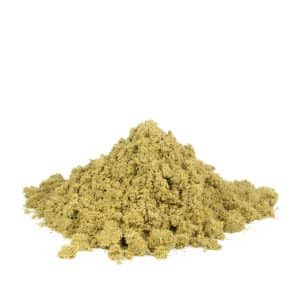
Dry sifting involves using a sieve to remove the trichomes from the marijuana plant. The plant material is placed in a sieve and shaken, allowing the trichomes to fall through and collect in a container. The trichomes also known as kief are then pressed into hashish.
Dry sift hashish can vary widely in quality depending on the size of the mesh screen used to separate the trichomes and the quality of the starting material.
Ice Water Extraction
Ice water extraction is a modern method for making hashish that involves using ice water to separate the trichomes from the plant material. The cannabis is placed in a bag and placed in ice water, causing the trichomes to fall off. The trichomes are collected and dried, then pressed into hashish.
Ice water hashish is typically considered to be of higher quality than hand-rolled or dry sift hashish because it preserves more of the terpenes and cannabinoids. It can vary in consistency from dry and crumbly to sticky and gooey.
What are the best hash in the world?
We’ve already wrote about this topic in another blog post: 5 Best Hash in Canada That You Should Try Now. But since you are not necessarily based in the same country here is another list of the different hash to be known has some of the best in the world:
- Afghani: Afghani hash is a traditional form of hashish that is made in Afghanistan and is known for its potent effects and high-quality. It is typically made using indica strains of cannabis and is often dark brown or black in color. Afghani hash has a distinct, earthy fragrance and a smooth, malleable texture. Many users seek out Afghani hash for its relaxing, sedative effects.
- Moroccan: Moroccan hashish is one of the most popular types of hashish in the world. It is typically made using sativa or hybrid strains of cannabis and is known for its uplifting and energizing effects. Moroccan hashish has a reddish-brown color and a hard, brittle texture. It has a spicy, herbal aroma and a somewhat harsh smoke. Many users appreciate the cerebral and creative effects of Moroccan hashish.
- Lebanese: Lebanese hashish has been produced for centuries in Lebanon and is known for its high-quality and distinct flavor profile. It is typically made using indica strains of cannabis and has a dark brown or black color. Lebanese hashish has a smooth, malleable texture and a spicy, floral aroma with hints of citrus. Many users report that Lebanese hashish has a relaxing and calming effect.
- Nepalese: Nepalese hashish is made in the mountainous regions of Nepal and is known for its unique flavor and aroma. It is typically made using hybrid strains of cannabis and has a reddish-brown or black color. Nepalese hashish has a dense, sticky texture and a pungent, earthy aroma with hints of spice. Many users seek out Nepalese hashish for its potent and energizing effects.
- Charas: Charas is a traditional form of hashish that is made in India and has been used for centuries in spiritual and medicinal contexts. It is typically made by hand-rolling the resin from cannabis flowers and has a distinctive, blackish-brown color. Charas has a soft, pliable texture and a spicy aroma with hints of fruit and flowers. Many users report that Charas has a calming and meditative effect.
Effects of Hashish
The effects of hashish are similar to traditional marijuana, but can be much stronger. The high is typically more intense and longer-lasting, and users may experience feelings of:
- euphoria,
- relaxation,
- creativity.
However, there are also potential negative side effects, including:
- paranoia,
- anxiety,
- and impaired motor function.
The high from hashish can vary depending on the type of hashish and how it was made, with some types producing a more relaxing or sedating effect and others producing a more uplifting or energizing effect.
How potent is Hash?
The THC potency of hash can vary widely depending on factors such as the method of production, strain of cannabis, and quality of the starting material. However, hashish is generally more potent than traditional weed because the concentration of THC and other cannabinoids is higher. Some types of hashish can have THC levels of up to 60% or more, while traditional marijuana typically has THC levels ranging from 10-20% on average. It’s important to note that individual strains of cannabis can vary widely in THC potency, so the exact potency of hashish or marijuana can vary depending on the specific product.
History of Hashish

Hashish has a long and colorful history that dates back thousands of years. It was first used in ancient Persia by Sufi mystics for spiritual and medicinal purposes. It was then brought to India, where it became popular among the Hindu community.
In the 18th and 19th centuries, hashish was introduced to Europe and became popular among artists and intellectuals. It was also used by soldiers during World War I for pain relief and to combat stress and anxiety.
Traditional Uses of Hashish
Throughout history, hashish has been used for a variety of traditional purposes. In India, it was used for medicinal purposes and as a spiritual sacrament. In the Middle East, it was used for relaxation and socializing. It was also used by soldiers for pain relief and stress reduction during wartime.
How to Consume Hashish
Hashish can be consumed in a few different ways, depending on personal preferences and availability of equipment. Here are three common methods for consuming hashish:
Smoking

Smoking hashish is one of the most traditional methods of consumption and involves rolling the hashish into a joint or smoking it in a pipe. To roll a hashish joint, mix some crumbled hashish into your ground marijuana and roll it like a regular joint. When smoking hashish, it’s essential to use a flame that isn’t too hot to prevent combustion, which can destroy the cannabinoids. Once lit, take small puffs and inhale them into your lungs to experience the effects.
Vaping

Vaping involves heating the hashish to a high enough temperature to produce vapour, which can then be inhaled. Vaporizing hashish is a popular and more discreet way to consume hashish than smoking it. To vaporize hashish, you will need a vaporizer designed for concentrate consumption. Vaporizers heat your hashish up to a temperature that produces vapour, which you can inhale through a mouthpiece.
Hash vs. Other Concentrates
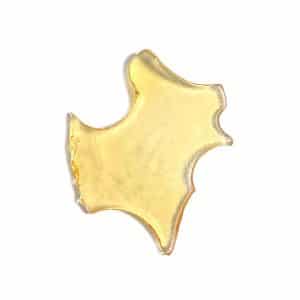
While hashish and other cannabis concentrates share similarities, there are key differences between them. One significant difference is that hashish is typically a solventless concentrate, meaning that it is made using mechanical or water-based methods rather than chemical solvents like butane or CO2. Examples of other cannabis concentrates that are not solventless include shatter, wax, and budder.
Hash vs. Kief
Kief is a powdery substance that is made up of trichomes that have been separated from the cannabis plant. It can be collected by using a grinder or sifter with a fine mesh screen. Hash, on the other hand, is a more concentrated form of cannabis that is made by pressing kief or trichomes into a solid block using pressure and heat.
Last Thoughts about Hash
In conclusion, hashish is a popular cannabis concentrate that has a long and rich history of use for spiritual, medicinal, and recreational purposes. It is typically more potent than traditional marijuana because of its concentrated levels of cannabinoids, and it can be consumed in various ways, including smoking and vaping.
While it shares similarities with other cannabis concentrates, such as shatter and wax, one significant difference is that hashish is typically made using mechanical or water-based methods rather than chemical solvents.
Understanding the history, effects, and consumption methods of hashish can help individuals make informed decisions about their cannabis use. So take the most out of this article and be responsible with your consumption of cannabis products!
Ressources:
https://hightimes.com/guides/make-hash/
https://www.leafly.ca/learn/consume/dabs/what-is-hashish
https://www.medicaljane.com/question/what-is-hash-made-from-weed/


